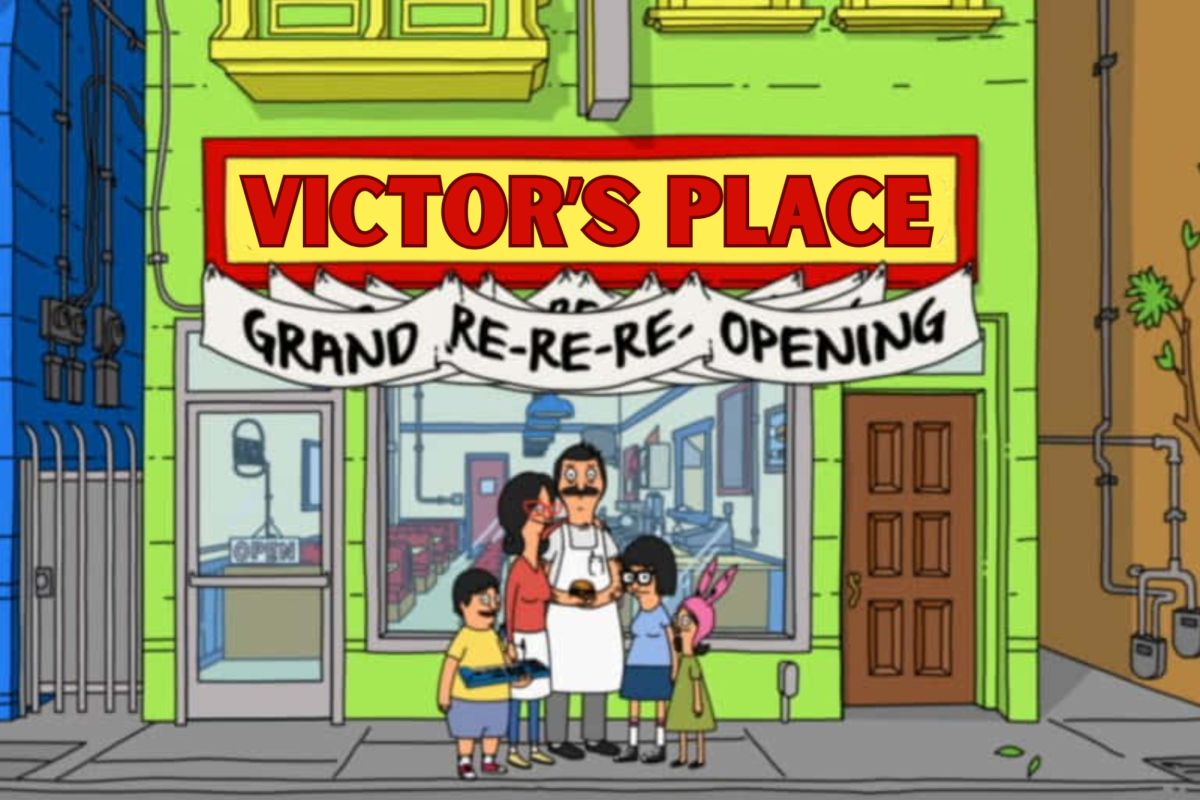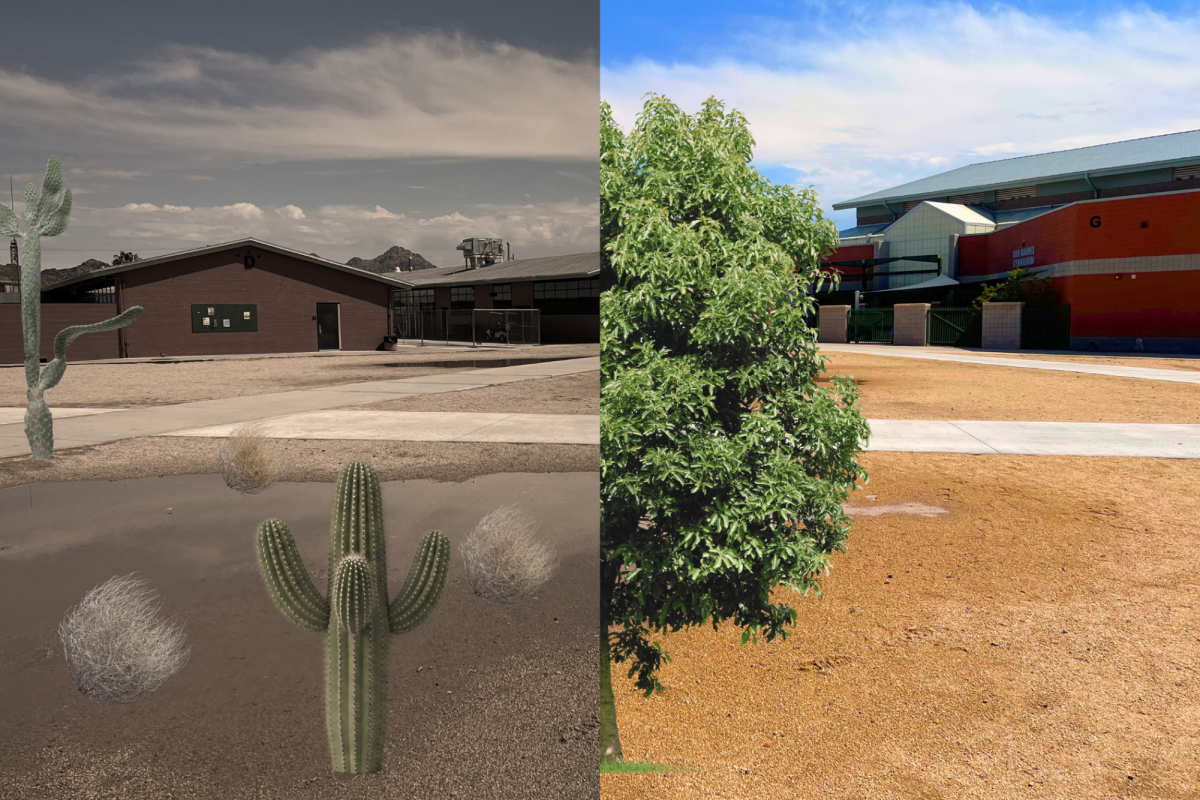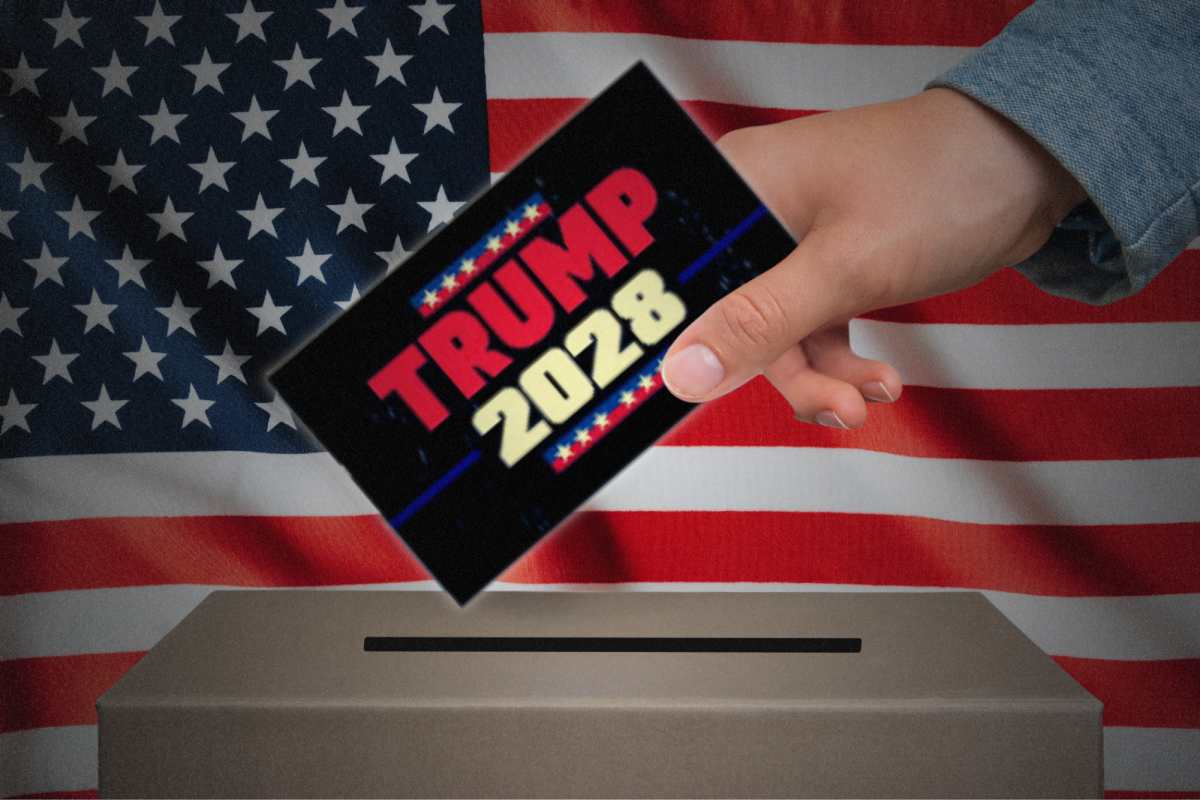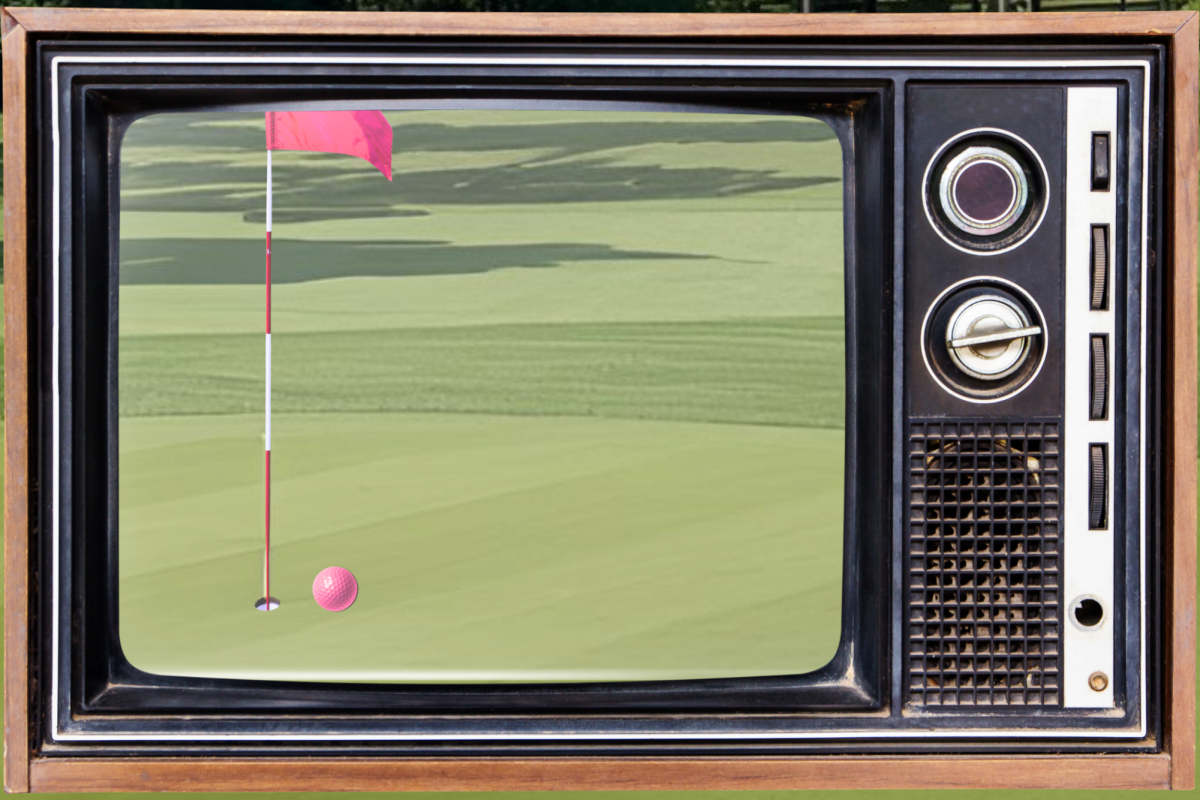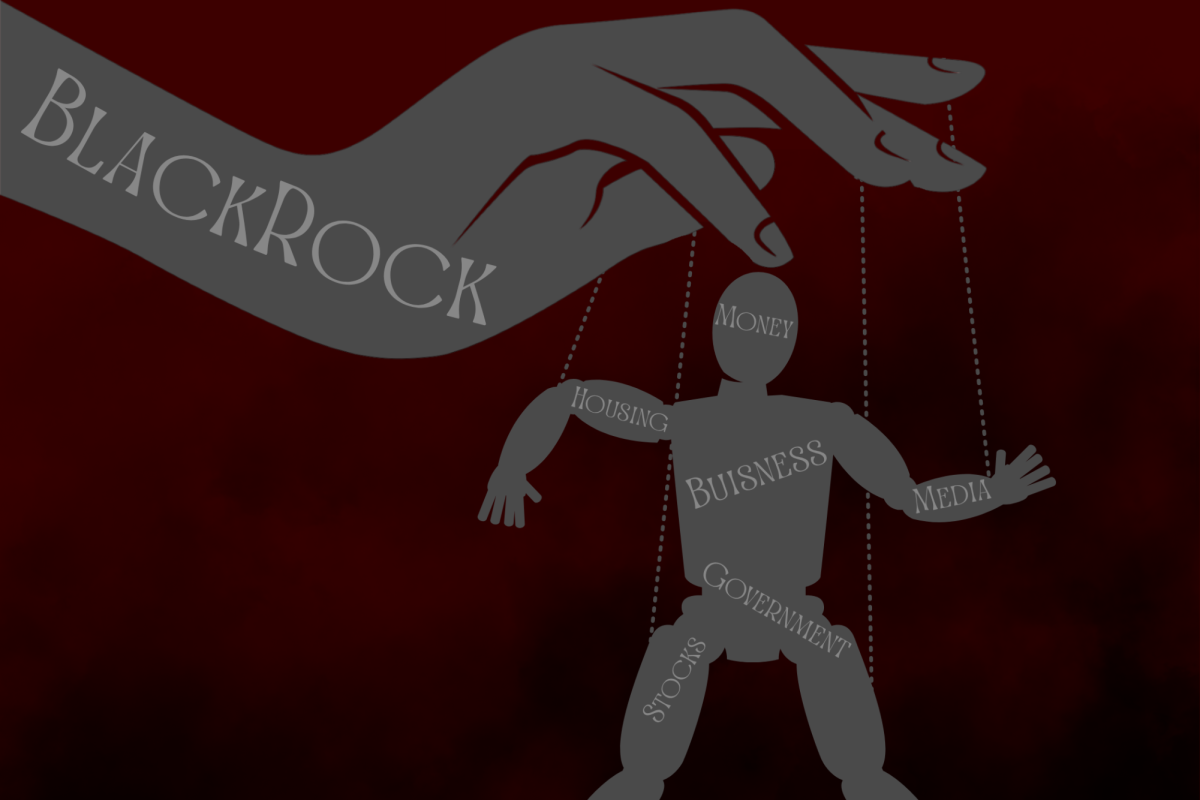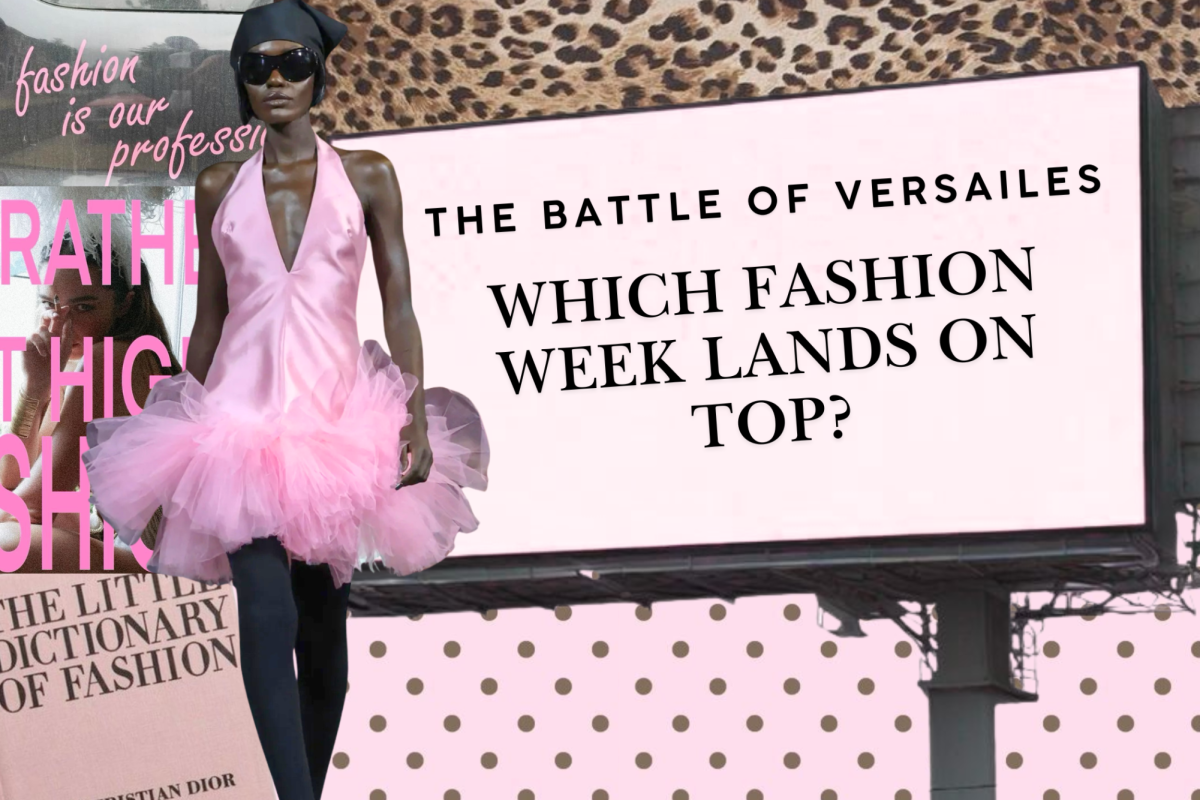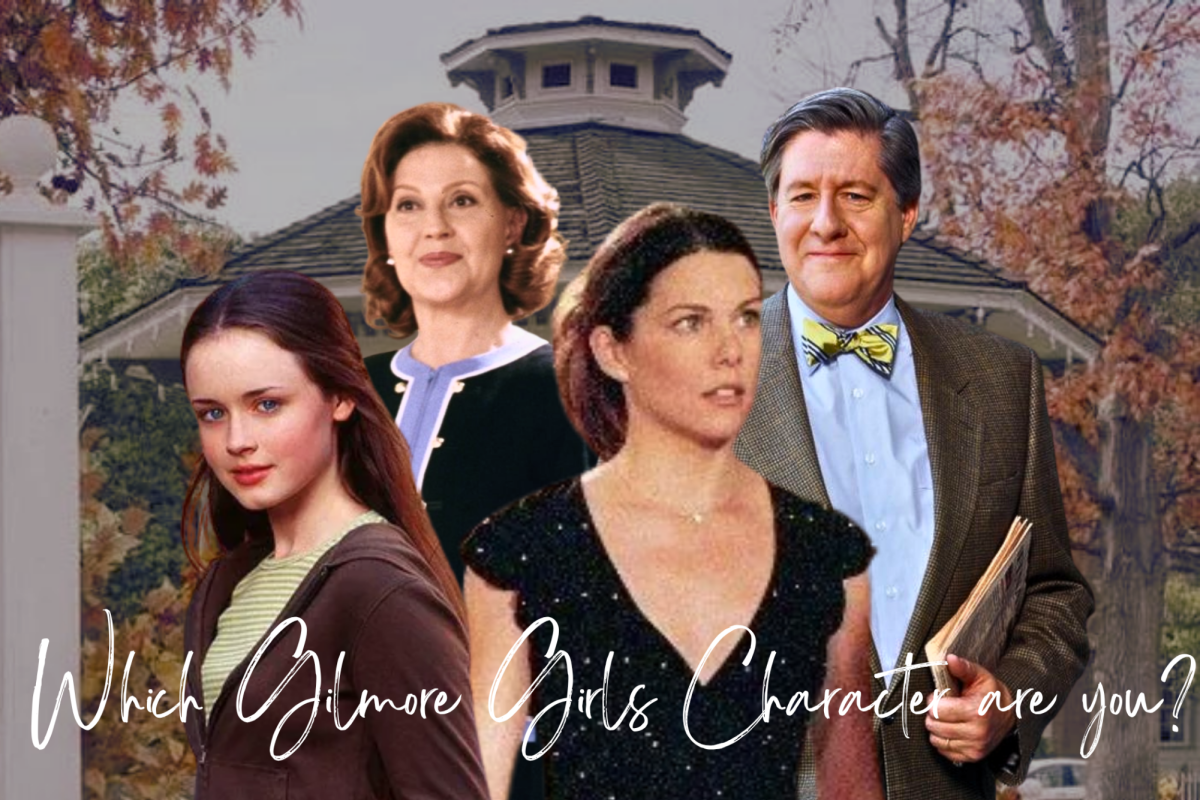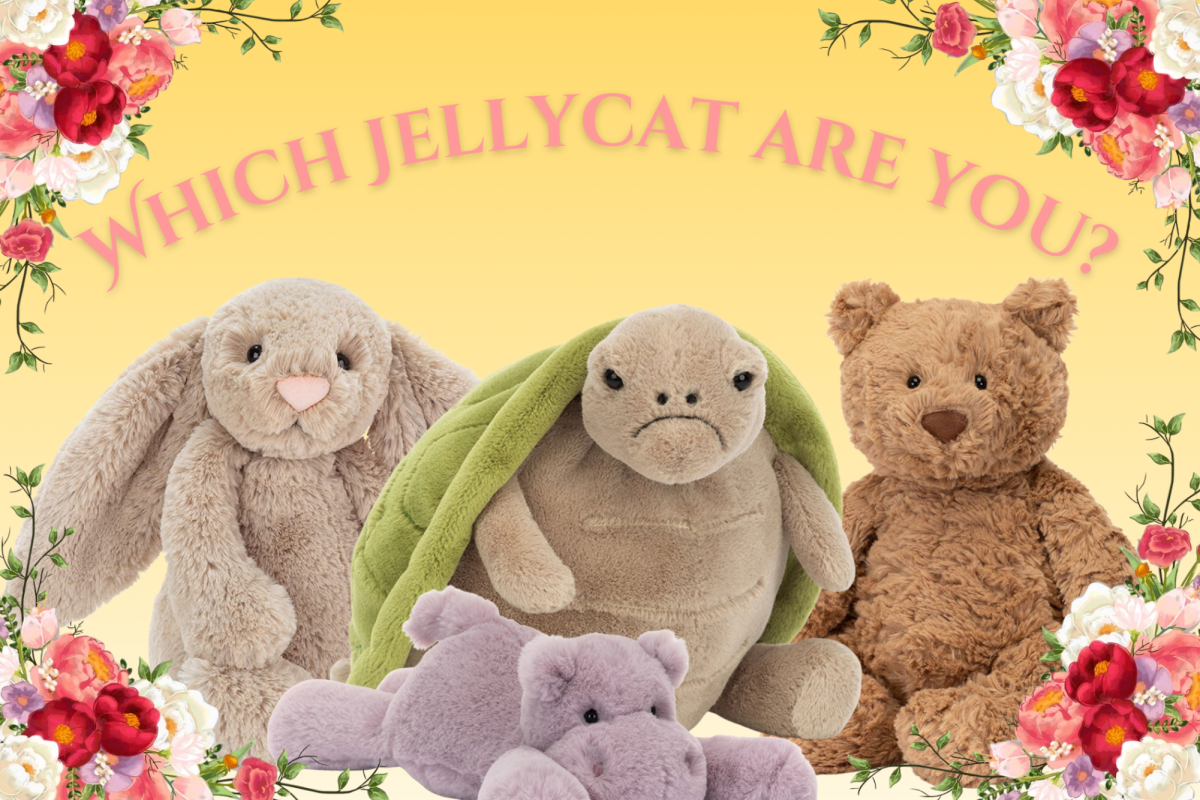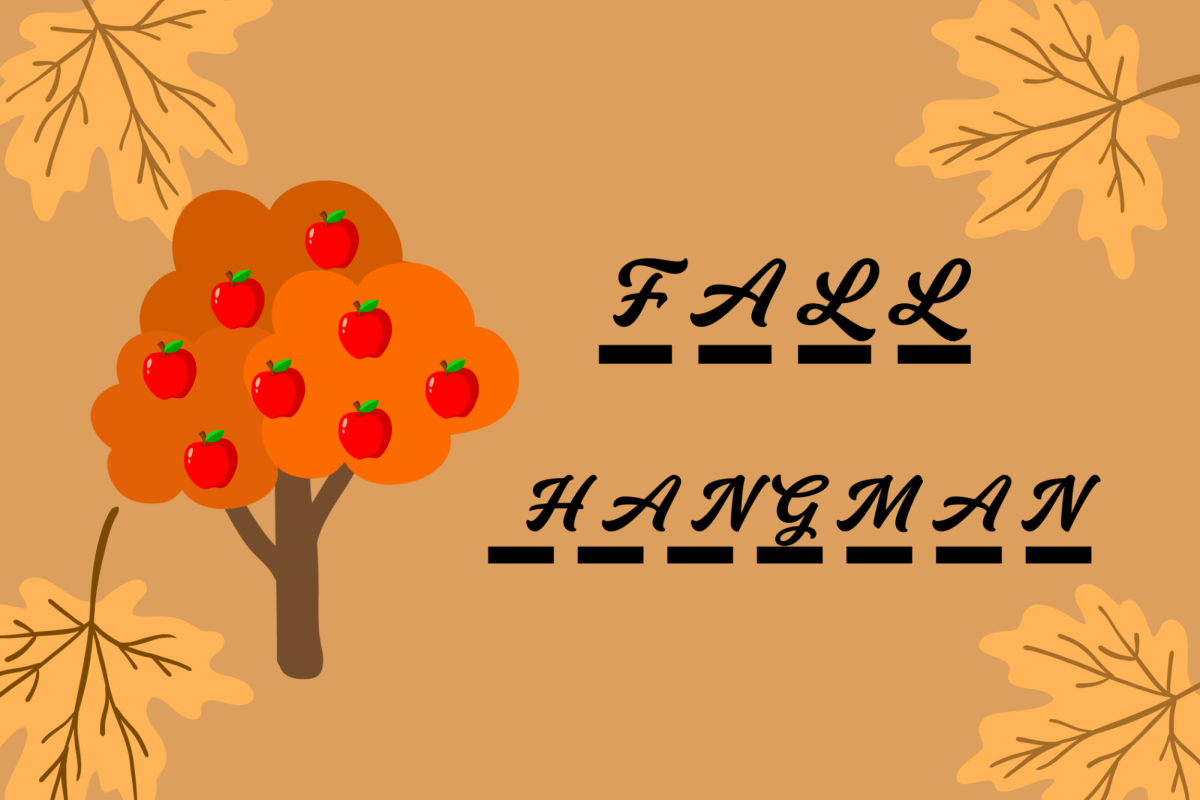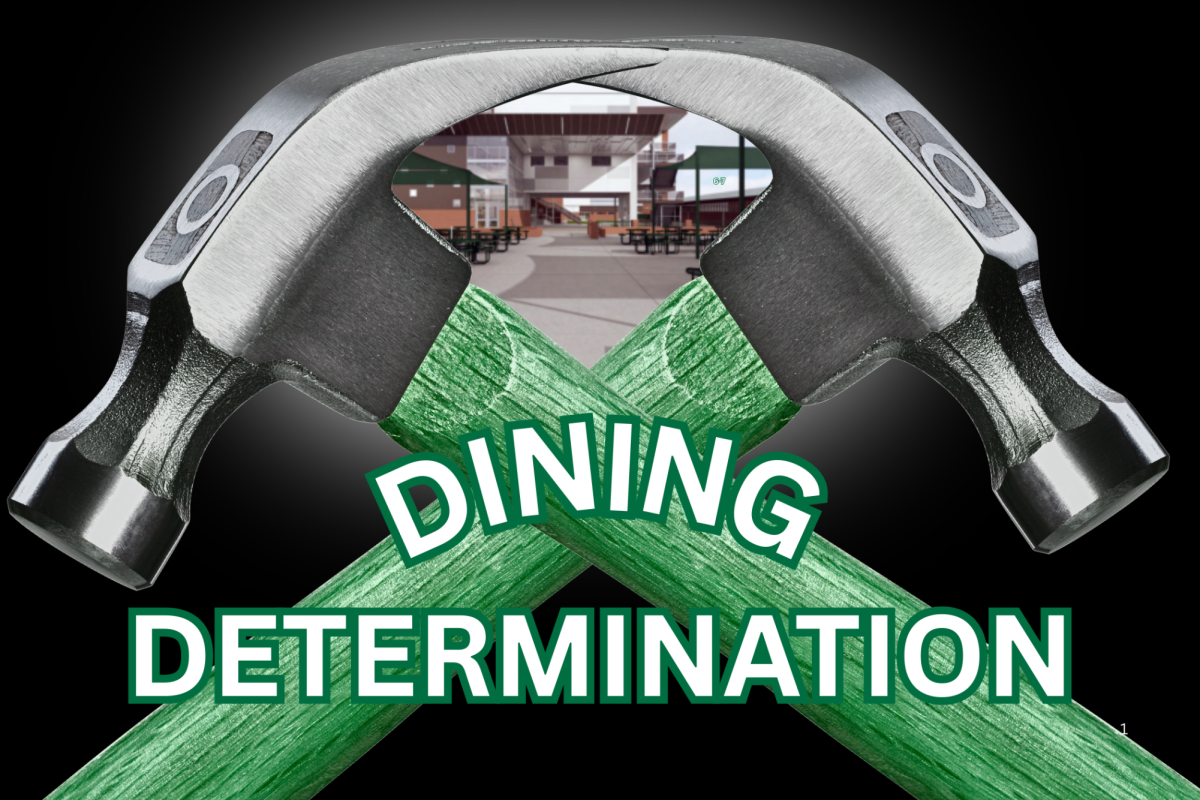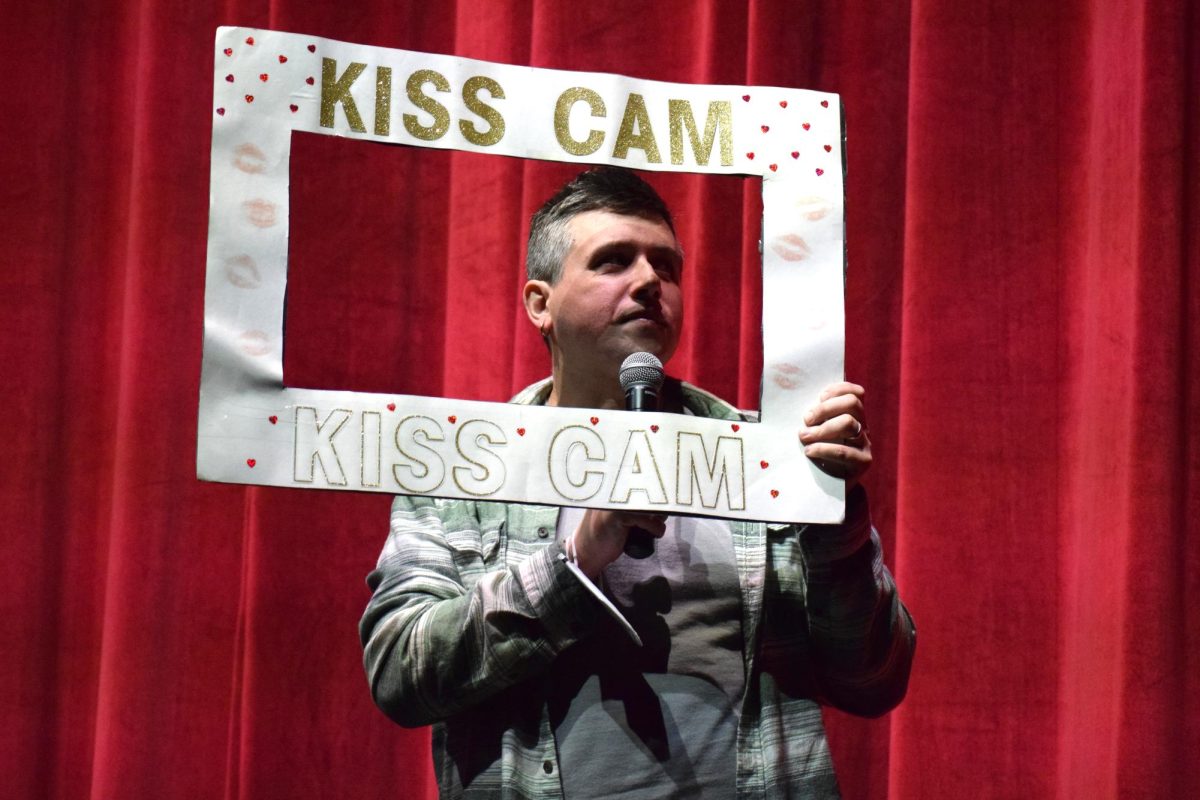Come Christmastime, one of the most familiar traditions practiced by families worldwide is the erection of a Christmas tree.
According to The New York Times, over 77% of people who put up a Christmas tree will use a fake rather than a real one.
As more and more people start to switch, I’ll compare the pros and cons to determine whether it’s naughty or nice to buy a real tree.
The Douglas Fir Norway Spruce tree, better known to us as the Christmas tree, is the iconic tree mainly utilized for homes during Christmas time.
According to History.com, the Christmas tree tradition started in the 16th century, when devout Christians in Germany would bring decorated trees into their homes.
According to the National Christmas Tree Association, 25-30 million real Christmas trees are sold each year.
While the sound of cutting down all these trees sounds scary initially, it turns out that cutting down said trees is more beneficial to the environment than plastic trees.
According to The Nature Conservancy, out of all Christmas trees harvested each year (350-500 million) only 30 million are sold.
As well that, “real trees don’t require the intensive carbon emissions that it takes to produce and ship artificial trees.” According to Ecochain, “If we divide the Christmas trees’ carbon impact over individual years, it’s about 3.1 kg CO₂ per year for the natural tree, and 8.1 kg CO₂ per year for the artificial tree (48.3 kg for its entire life span).”
One other added benefit is the smell that Christmas trees emit.
According to UCDAVIS.edu, “Christmas Trees’ Distinctive Aroma Helps Ward off Pathogens and Pests.”
The Real Christmas Tree remains a tried and true way to celebrate the holiday tradition.
Coincidentally, in the 1880s, Germans began to start using fake Christmas trees.
These Germans would create an artificial goose-feather tree.
Nowadays, most fake Christmas trees are created with plastic, being controversial for the carbon emissions that occur from making a fake tree.
While this may be true, it is undeniable of the convenience of these fake trees.
It does not make sense to buy a new fake tree each year which is why families will store these fake trees away to use in future years.
As well, fake trees are made to easily compact and set up again for when the time comes again. One issue with real trees is the constant moderation that goes into managing trees.
When having a real tree, the extra effort of maintenance of items for real Christmas trees such as a holder, and the constant watering of a tree stand drive up costs to manage them.
As well, the carbon footprint that comes from a fake tree may be less in the long run.
According to the National Christmas Tree Association, 5-10% of real Christmas tree purchases are made online and are likely shipped to consumers annually.
The shipping of Christmas trees besides the obvious carbon emissions that evoke out of transportation, pesticides, and other preservatives sprayed on real trees continue to do damage to our ozone layer.
Overall, while I do not want to admit it, the fake plastic tree seems to be the better alternative to the real Christmas tree because of its convenience, environmental impact, and overall cost efficiency.
Categories:
Opinion: Fake vs. Real Christmas Trees
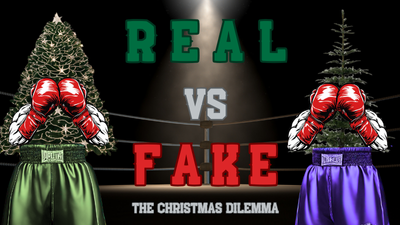
More to Discover


